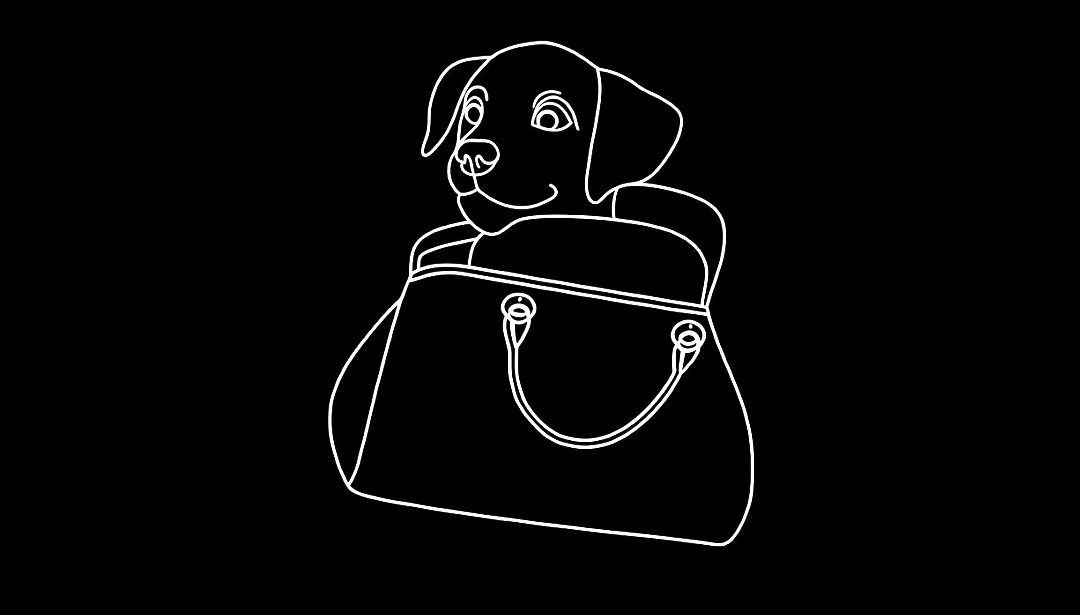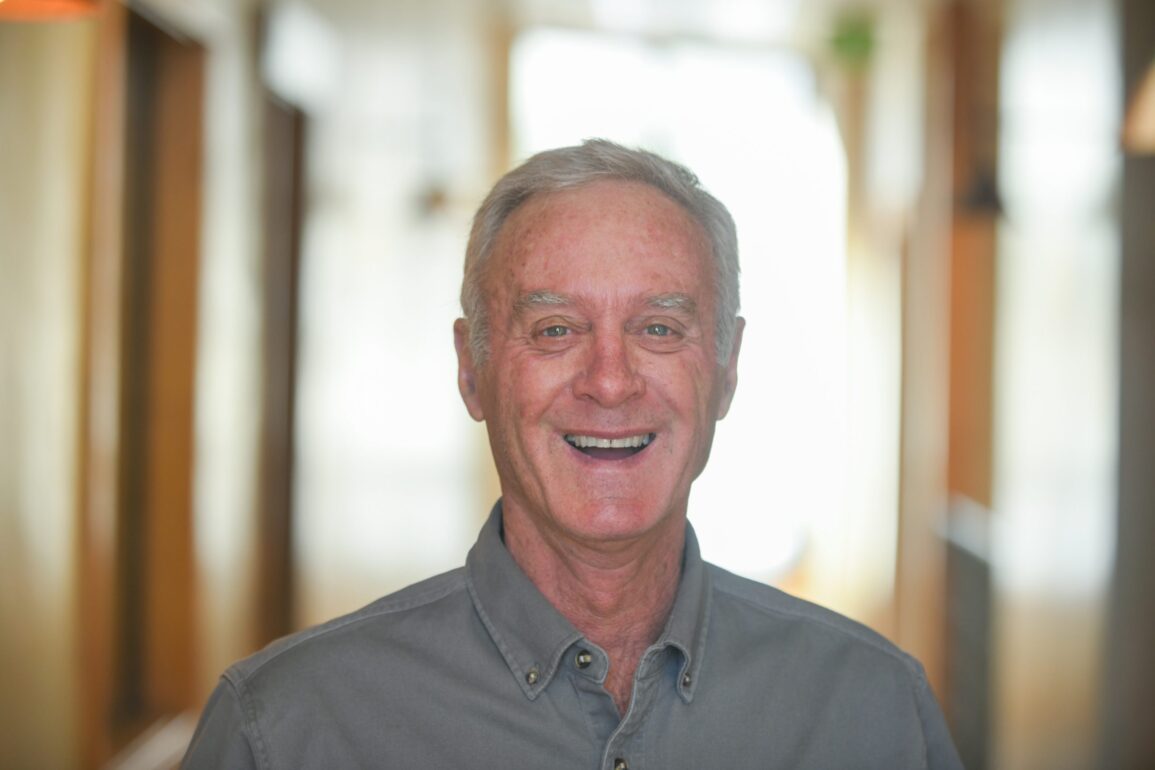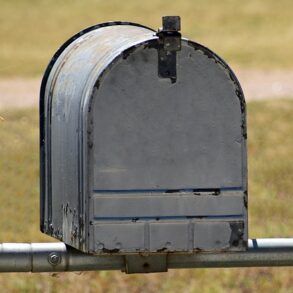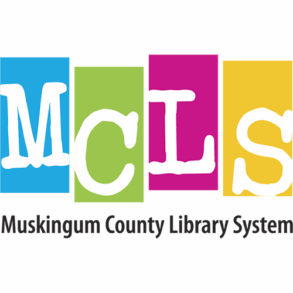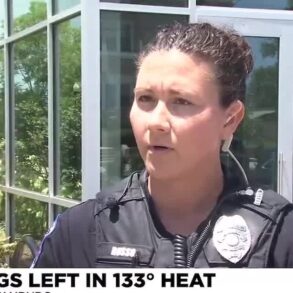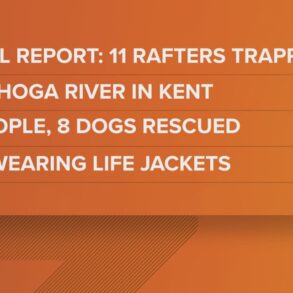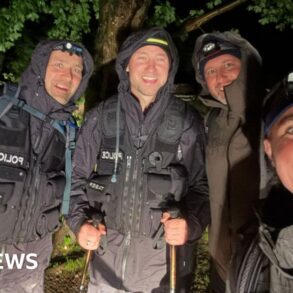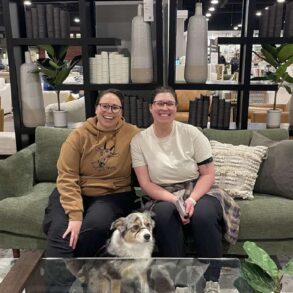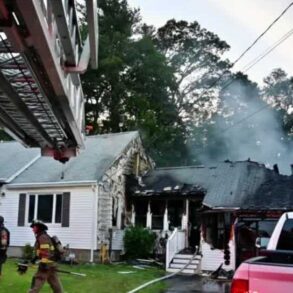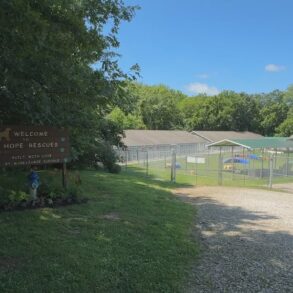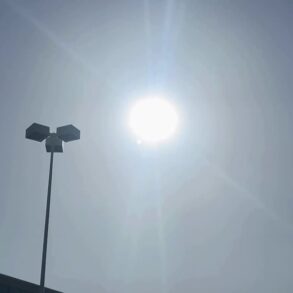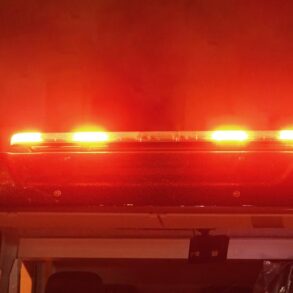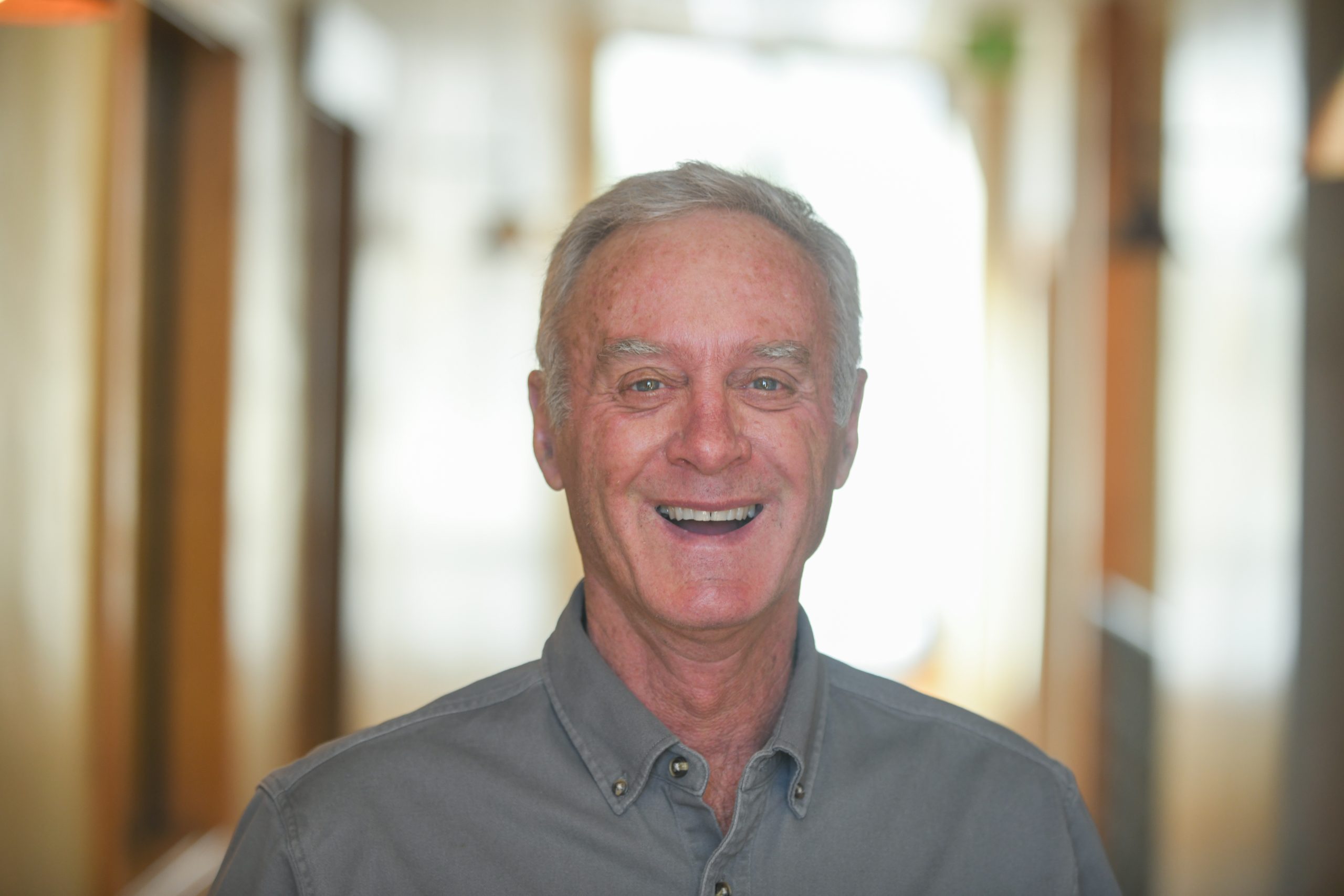
I suspect that I am not alone in thinking that the rate of growth around here is unsustainable and negatively impacting the quality of life in Utah generally, and the Wasatch Back specifically.
Traffic, crowding, a disturbing layer of smog building up in the winter months, and on and on. But what do we do about it?
For years, I’ve thought the point of impact was not the city or county governments, which have been effectively neutered by the Legislature.
The point where it could be stopped is the sewer district. If they reach a point where they cannot hook up one more subdivision/strip mall/condo project without a $100 million plant expansion, we have some leverage. If that $100 million bond went on the November ballot as a general obligation bond instead of using revenue bonds which don’t go to a vote, the public would have a say in it.
“Do you approve of raising your property taxes to facilitate additional growth?” Yes or no. I think we know how that election would go.
There are a couple of problems with that seemingly simple solution. First, the Snyderville sewer district is so incredibly well managed that they never reach the crisis point. They are just there in the background getting it done.
The other problem is that putting a cork in the sewer system would then push the development pressure outside its jurisdiction into the other areas that are not so well managed or able to deal with it. So then we have rampant growth and bad sewage treatment to go with it.
Of course, the other big problem with putting a cork in the sewer line is that stopping growth leads to scarcity. We already have scarcity when it comes to houses that mere mortals can afford. There seems to be no end of the $30 million places that look like Audi dealerships, sold to the masters of the universe who visit twice a year.
But making the scarcity problem even worse for our shrinking middle class is not a great idea.
There are other options. For generations, zoning has been used (either deliberately or inadvertently) to zone out poor people. Large lot sizes, requirements for large houses made of expensive materials, and so on drive the prices up, and people who can’t afford it don’t live there.
Is there a way to zone the super-rich out? They take up more than their share of land with big lots and private golf courses. They generate more than their share of traffic with the huge crew of household staff from the housekeepers, lawn crews, bowling alley mechanics and so on.
But what if we rezoned places like Promontory and the Colony to require subdividing anything over 6,000 square feet into multiple units. Picture that mountain modern warehouse with a row of power meters tacked up on the front porch, and a half dozen families living there. The places are so big the absent owners probably wouldn’t even notice.
Gov. Cox wants to build 35,000 starter homes in the next three years, and something like 50,000 new homes overall. Double the population in 20 years. Build, baby, build.
The official position of the state of Utah seems to be that we can absorb that many additional people and also keep the Great Salt Lake from becoming a dust bowl by, get this: Turning off the water while we brush our teeth. Yep, that will solve it all, just close that faucet for 30 seconds while brushing.
Maybe the solution needs to be on the demand side. Everybody wants to move to Utah. They want to move here in such numbers that they will trample it flat and make it unrecognizable. How to reduce demand?
There are several counties in western Nebraska that are losing population. They have charming little towns, some with local colleges, and seem like they might be pleasant places to live, or own a third house you never use. You could own your own combine. We just need to redirect the marketing efforts to convince people to go bask in the serene beauty of the prairies instead of here.
Robert Redford is said to have destroyed Montana when he made “A River Runs Through It.” Every rich dweeb decided to take up fly fishing and buy a patch of Montana, pricing the locals out. We need a good movie to celebrate the prairies. Nebraska, the Dakotas, Kansas, they could all soak up a lot of people that we really don’t need moving here. We just need to give them a little marketing boost.
The most enduring legacy of the 2002 Olympics was that hosting the games made Utah cool. Prior to the Olympics, to the extent anybody had even heard of Utah, it was regarded as weird. Weird liquor laws. Weird theocratic politics (which have frankly only gotten more weird). The perception outside was that everybody here was a polygamist subsisting on green Jell-O with shredded carrots in it.
And then along came the Olympics, which pulled back the curtain to reveal a normal place with an incredibly high quality of life. Once curse of weirdness was lifted, the road to destruction was paved.
So if we really want to preserve the quality of life in Utah, it seems like the solution is clear: Make Utah weird again.
Tom Clyde practiced law in Park City for many years. He lives on a working ranch in Woodland and has been writing this column since 1986.
This post was originally published on this site be sure to check out more of their content.
